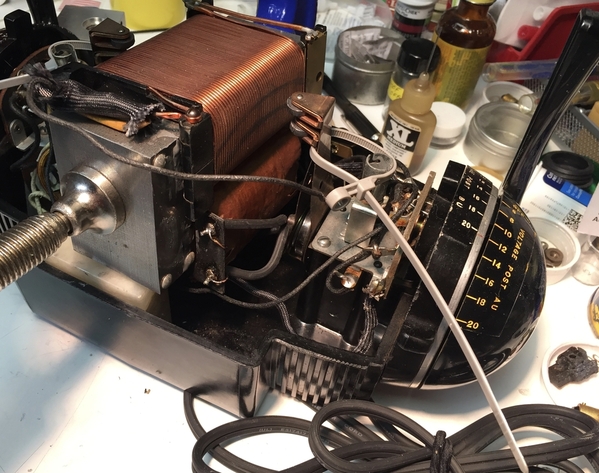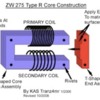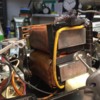I was examining several ZW's in the shop. One had a tremendous hum to it. I pulled out the core and counted 94 layers making up the core? Another core, which was much quieter, had 104 layers. It got me thinking: could you simply add more layers to a core that was loose and vibrated loudly to get it tighter and quieter? Would that change anything about the transformer - volts, watts, safety, etc.
I also noticed that the layers were not always alternating. There were several wider gaps on one end where their was clearly 2-4 layers, which are shaped like a "C", inserted from one side consecutively. Should the layers be alternating at all times?
I've never had to take one apart, so I have no answer to your direct question, but as a general matter, electrical devices tend to "hum" only when some metallic part is free to move under the effect of a magnetic field.
ISTM that if your "humming" transformer has fewer core layers than others of the same model, and the orientation of some of those seems to have been disturbed, my guess is that someone has had the core apart, and didn't reassemble all the original parts. IOW, omitting some of the layers might have left some gaps or room for the remaining layers to vibrate, producing the enhanced "hum" you hear. I doubt the orientation would have much of an effect unless that helped produce a gap, but any visible space between the layers would likely be a "smoking gun" as to the source of the hum. Filling in the space(s) left open would reduce/eliminate the hum if my hypothesis is correct, not because of some magical number of layers required, but rather by simply restoring the original solid core by filling those gaps. Good luck!



















